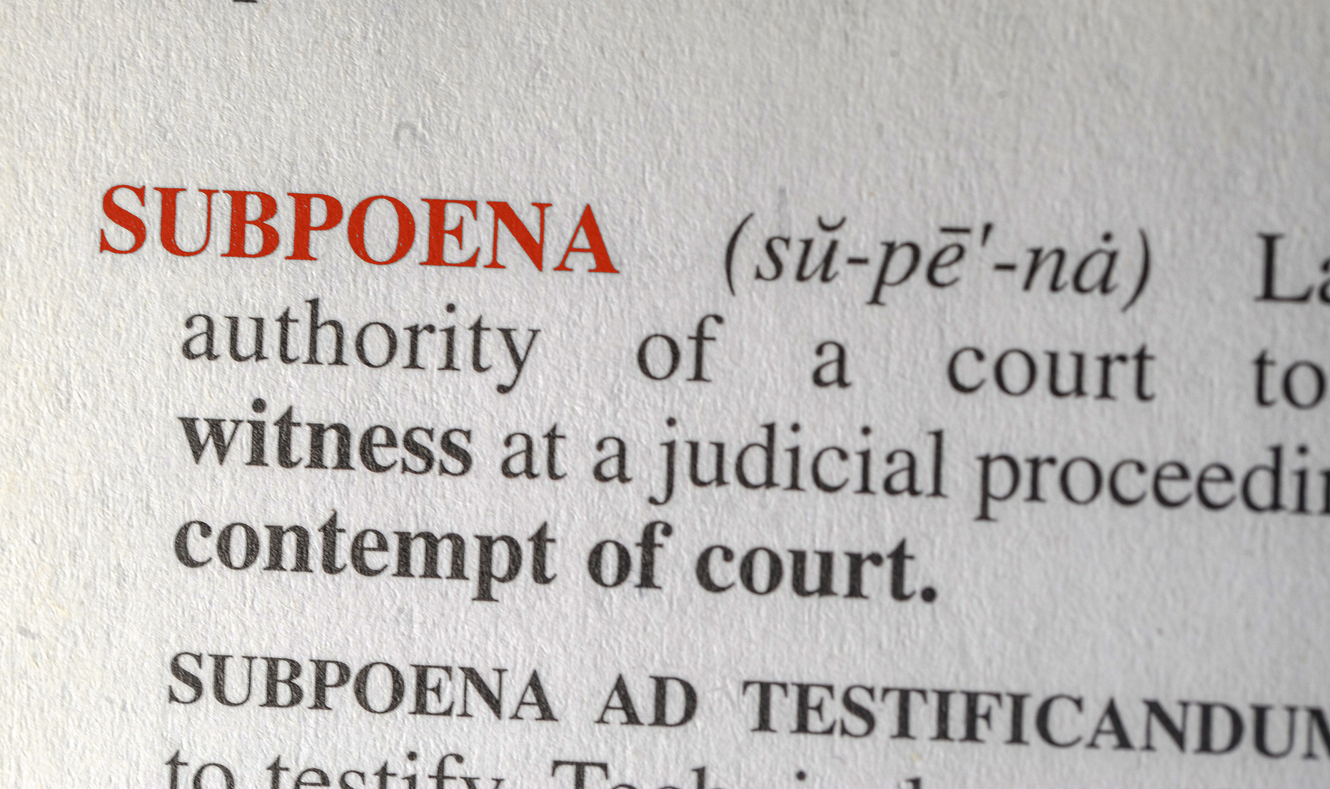It is funny how thirty years in a career can seem to go like the snap of your fingers. NAPIA’s 2015 Annual Meeting is being held at the Broadmoor in Colorado Springs. My first NAPIA meeting was the 1985 Annual Meeting in Carmel, California. I knew few people at that meeting except for Past President Ira Sarasohn, who somehow convinced NAPIA to let a young attorney give a presentation about "Proofs of Loss and Examinations Under Oath." The only other attorneys in the room were public adjusters who no longer practiced law and NAPIA’a General Counsel, Paul Cordish.
It was not uncommon for public adjusters to be former attorneys. Cordish warned them then and always warned all public adjusters not to practice law at every State of the Public Adjusting Union speech he gave annually as I noted in Public Adjusters Sued in Class Action for Wrongful Conduct–Are Unauthorized Practice of Law Class Action Suits Next?:
It is very easy to overstep the bounds of public adjusting and engage in the practice of law. For example, when a public adjuster advises a client to not file a lawsuit and go to appraisal or administrative appeal, that is practicing law. Whenever a person tells another what type of legal procedure should be taken to resolve a dispute where competing legal benefits and rights are at issue and need analysis, that is the practice of law. People who are not lawyers do this every day.
This example, and hundreds of others like it, were a primary concern of the late Paul Cordish, the General Counsel for the National Association of Public Insurance Adjusters. Virtually every annual address Cordish presented to public adjusters had remarks and warnings about not practicing law. In my discussions with him, it was obvious he was concerned that some in the audience listened, but failed to behave accordingly. We both recognized how legal analysis aids adjustment disputes and why public adjusters so often fall into the trap of acting like lawyers and practicing law. The problem is that it is illegal–criminal in most states.
In 1985, Bob Lucurell was the incoming President. His son Drew is a friend and he became NAPIA President in 2009. It is amazing how time marches on and those that were young have become leaders in various public adjusting organizations. Ira Sarasohn’s close friend was public adjuster Bruce Swerling. Bruce’s daughter, Diane Swerling, is in line to become NAPIA president next year.
In 1985, I was a very inexperienced insurance lawyer. The one thing I remember about the speech was Harvey Goodman grilling me with question after question. I think he was testing me to see if I knew what I was talking about. I learned that by teaching and writing, I learn far more about a topic than what I would do otherwise. After giving hundreds of speeches and presentations about property insurance law, I am much better for it.
I wrote about Ira Sarasohn in Increased Cost of Compliance to Code and Ordinance or Law Coverage for a Typical Loss Situation and Former NAPIA President and NAPIA Person of the Year, Bruce Swerling, Passes:
The 1959 Feinbloom decision was the result of a very creative public adjuster, Ira Sarasohn. After I left Paul Butler and the world of representing insurance companies for helping policyholders in February 1985, Ira Sarasohn was one of two public adjusters (the other being Dick Tutwiler to immediately suggest that their clients consider me as a possible legal counsel. I was only twenty-six at the time they made those recommendations. Sadly, Ira has passed, but we often talked about the Feinbloom case and how insurance policies, if interpreted from the standpoint of the policyholder, can help soften the financial blow caused by the impact of a loss. More insurers should adopt Ira Sarasohn’s view and write their products in a way that would truly help their customers after a loss.
I owe a lot to many public adjusters. I would encourage all public adjusters to attend NAPIA’s Mid-Year and Annual Meetings. You will learn a lot and be better for yourself and your clients.



